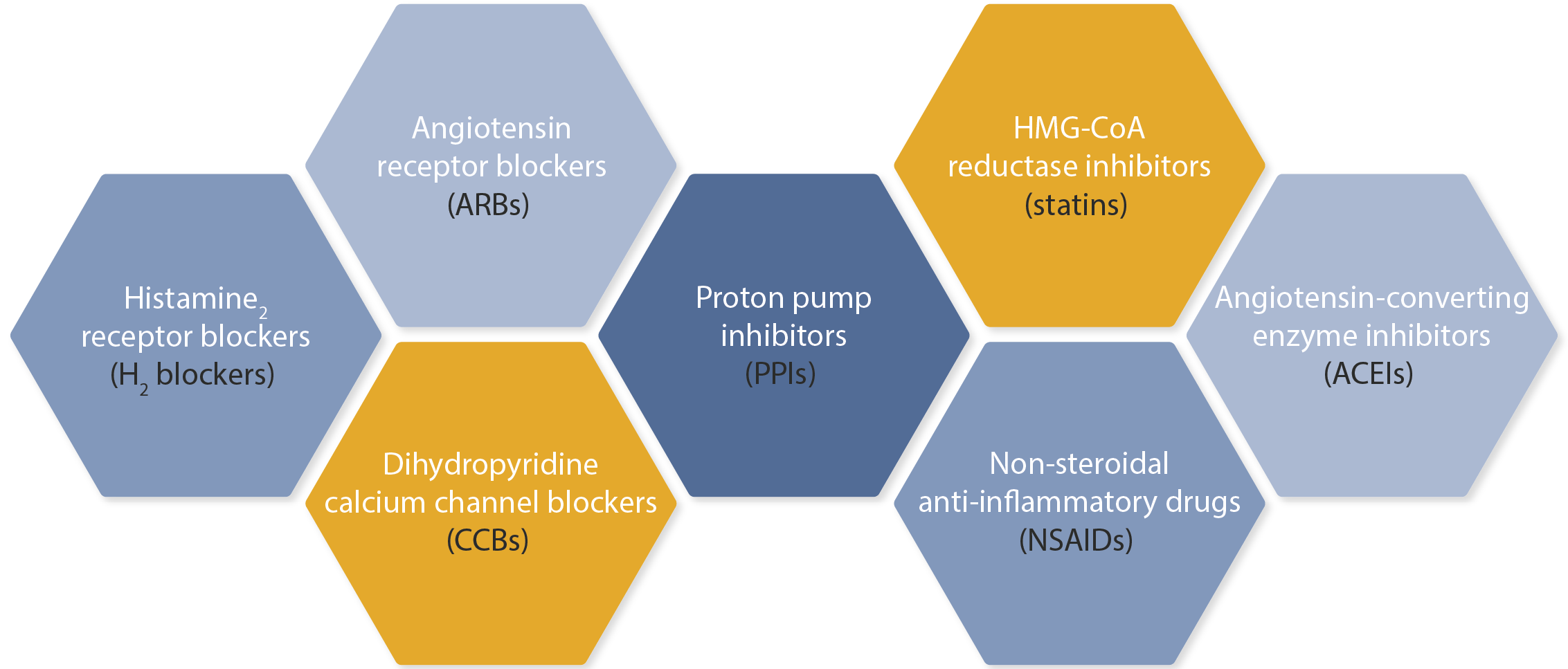Reference Drug Program (RDP)

On this page:
- What is the RDP?
- What if a patient cannot take any of the fully covered drugs in a category?
- Is the RDP like the Low Cost Alternative Program?
- 2021 changes to the RDP
- Resources
See the complete list of fully and partially covered drugs under the RDP, including links to SA criteria and forms.
For RDP coverage of specific drugs, refer to the RDP Master Spreadsheet (XLS).
What is the RDP?
The Reference Drug Program (RDP) applies to seven therapeutic classes of drugs. The drugs within each category are proven to be equally safe and effective.
PharmaCare reviews the cost of the drugs within each category and determines a maximum daily cost it will cover. Each category has at least one drug that costs no more than the daily maximum price, so it is fully covered. This is a category’s “reference” drug. The drugs that cost more than the maximum price are the “non-reference” drugs, and are partially covered.
The RDP helps PharmaCare save millions of dollars each year. These savings help to fund newer drug treatments coming to market and continued access to proven effective therapies. For instance, savings from the RDP have helped to fund new drugs for diabetes and hepatitis C.
Note: Coverage always depends on the rules of the patient's PharmaCare plan, including any annual deductible.
Updating the RDP is part of the Ministry’s commitment to manage the formulary of drugs available to residents in B.C. For a full picture of the current RDP program, please see below. For RDP coverage of specific drugs, refer to the RDP Master Spreadsheet (XLS).
For more information, visit Reference Drug Program — Section 5.12, PharmaCare Policy Manual.
What if a patient can't take any of the fully covered drugs in a category?
Patients must trial reference drugs first or have a medical reason for why they can’t take the reference drugs prior to receiving full coverage for a non-reference-tier NSAID. Prescribers may submit an SA request for the patient to receive this coverage. SA requests are reviewed and adjudicated as per published PharmaCare coverage criteria.
To review the criteria for Special Authority coverage for a specific RDP drug, look up the drug name on the Special Authority web page or on the RDP List of Full and Partial Benefits.
Is the RDP like the Low Cost Alternative Drug Program?
It's similar but not the same. The RDP applies to drugs that are not identical but are part of the same therapeutic category and are equally effective in treating the same conditions. The Low Cost Alternative Drug Program bases PharmaCare coverage on the price of the lowest-cost generic among those drugs that have identical active ingredients.
| Category | 2021 Changes |
|---|---|
| Nitrates class removed |
|
| NSAIDs RDP class updated |
Final reference drugs:
|
|
For non-reference NSAID drugs becoming Limited Coverage, existing patients with full or partial coverage, who have filled their NSAID prescription in the 6 months prior to April 1, 2021, will continue to have coverage thereafter:
Final partially-covered (non-reference) drugs:
|
|
| Limited Coverage NSAIDs including celecoxib and meloxicam |
|
Notes:
- Patients who are on NSAIDs prior to the 2021 RDP changes will maintain their coverage after the change even if the drug they are taking is removed from the RDP category, if they have filled their NSAID prescription in the 6 months prior to April 1, 2021.
- COX-2 inhibitors, as before, are not part of the RDP category but the criteria for celecoxib and meloxicam have been simplified to align with the non-reference NSAIDs.
- NSAIDs which have been removed from the non-reference tier of the RDP will still be available via Special Authority. For information regarding updated criteria for all non-reference RDP NSAIDs and Limited Coverage NSAIDs (including celecoxib and meloxicam), see Special Authority.
How do the 2021 updates affect patients?
Coverage will remain for all patients on the oral nitrate products — isosorbide dinitrate and isosorbide mononitrate ER.
NSAID coverage will continue for those whose NSAID is removed from an RDP category if they’ve filled their NSAID prescription in the 6 months prior to April 1, 2021. This includes patients who receive partial and full coverage for NSAIDs, and for NSAIDs which have moved from the non-reference tier to Limited Coverage.
Patients now have simplified Special Authority access to COX-2 inhibitors.
Coverage for the non-reference and limited coverage NSAIDs will be available via Special Authority request as per PharmaCare’s published coverage criteria.
New patients who need an NSAID prescription or current patients who need to change their NSAID as of April 1, 2021 must meet the new drug criteria required, for full or partial coverage.
How to help patients
If a patient has an affected NSAID prescription that hasn’t been filled within six months prior to April 1, 2021, and don’t have continued coverage, a new Special Authority application will be required.
As of April 1, 2021, criteria changes are in place. New patients needing NSAID prescriptions or patients switching NSAIDs must meet new RDP criteria to receive PharmaCare coverage.
Resources for health professionals
- 2024 RDP Poster (PDF, 85KB)
- 2021 RDP Reference Sheet (PDF, 141KB) – a close look at changes to Nitrates and NSAIDs categories
- Reference Drug Program — Section 5.12, PharmaCare Policy Manual
Decision Trees for Switching Drugs:
